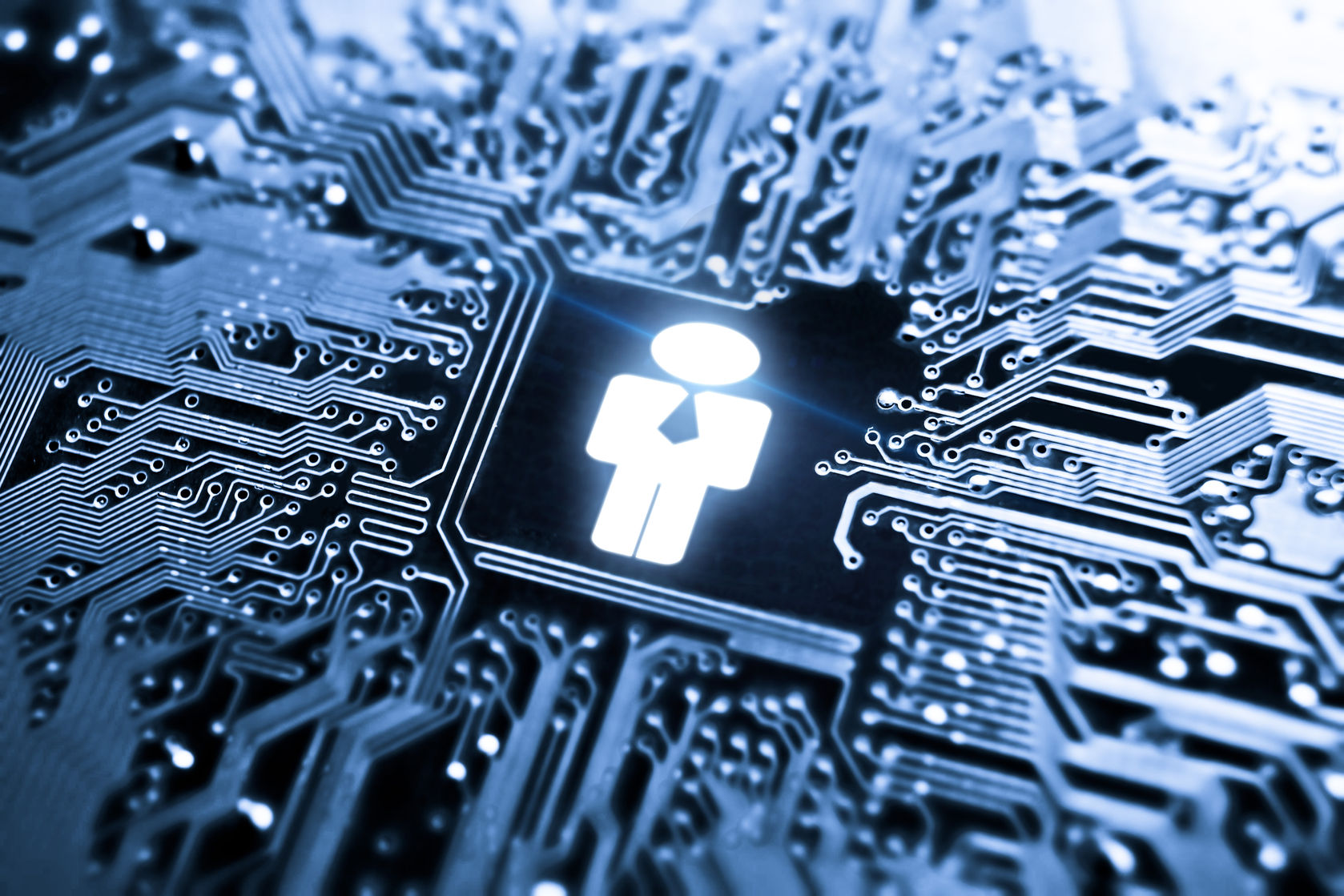Artificial Intelligence is redefining numerous aspects of the way of doing business, contributing to changes in internal business processes.
One of the most evolving departments, showing itself ready for this change, is Human Resources.
AI-based HR solutions can simplify and automate multiple processes, bringing benefits for both employees and candidates.
Here we look at how, and in what phases, Artificial Intelligence applied to HR is redefining its processes.
1. Recruiting
With AI some tasks can be automated, such as that of screening curricula, allowing Human Resources to use that time for other activities that can create greater added value for the company and its employees.
For example, once the profiles that match the position have been identified through automation of application analysis, the HR resource will have more time to dedicate to the candidate during the interview to deepen their knowledge better or to meet more. people.
This automation allows not just savings in time and resources but also more likelihood of finding the candidate in line with the open position.
Moreover, unlike the human person, Artificial Intelligence is not influenced by any kind of prejudice, so it analyzes candidate profiles with absolute neutrality, without being influenced by data such as gender, nationality and age.
2. Customize employee experiences
In the on-boarding phase of a new employee, Artificial Intelligence could be a tool to help the new employee take the first steps within the Company.
Knowing the role he will play and his responsibilities, for example, AI could support him in orienting himself, providing names of his colleagues, creating connections between the people he meets or that should be met because they will work together, and giving him information on his workspace and computer, how to access the Wi-Fi network, the printer and much more.
In this way, not only does it offer a personalized experience for every single new employee, but it can also accompany the new employee during the first few days to facilitate his integration with the team, a fundamental element for the Company’s success.
3. Offer a personalized growth path
The next decade is marked by the entry into the working world of the entire Millennials generation, more used to using technology as a means of learning than the generation before it.
This can translate into a big advantage for companies that, thanks to customized solutions and the interaction mode offered by Conversational Interfaces, can train their employees and at the same time offer tools for self-assessment allowing them to grow professionally in a gradual but continuous way, learning and personalizing their own training paths.
Discover our digital solutions to ensure continuous training based on the needs of the individual employee
4. Train seasonal workers
Training opportunities also apply to workers hired for short periods, such as tour guides, ski instructors or hotel employees during peak seasons.
Thanks to AI, it is possible to follow all the Recruitment phases: starting from the identification through analysis of the best candidates’ curricula, continuing with the follow-up in on-boarding and finally distance-training with specific tools able to deliver study materials and also test the individual’s skills with innovative and engaging ways such as simulated customer interaction.
At the end of the season, again using Chatbot, they can express a judgment both on the activity carried out and on the company, allowing Human Resources to collect important information for improvement.
5. Analyze employee work
Knowing if your employee is working more or less correctly is important for improving company performance.
By setting benchmarks and implementing Artificial Intelligence solutions it is possible to understand from the data collected if an employee performs his activities correctly. For example, AI can monitor how many times emails are opened, periods of inactivity or pages visited that are not in line with the work done.
All these Artificial Intelligence solutions applied to HR translate into a reduction in costs and savings in time; allowing the Company to improve its processes, offer a tool to support employees, help Human Resources carry out their tasks and collect important data from which to extract information.
This implies the automation of tasks that then allows HR to focus on other more relevant and high value-added activities.
Sources: ChatbotMagazine


